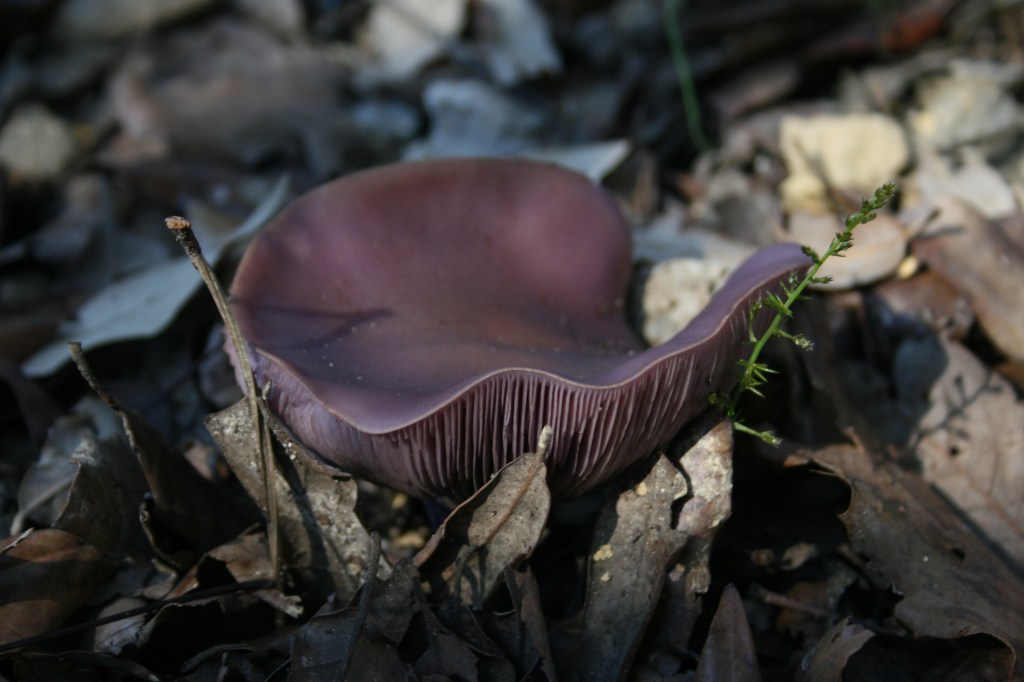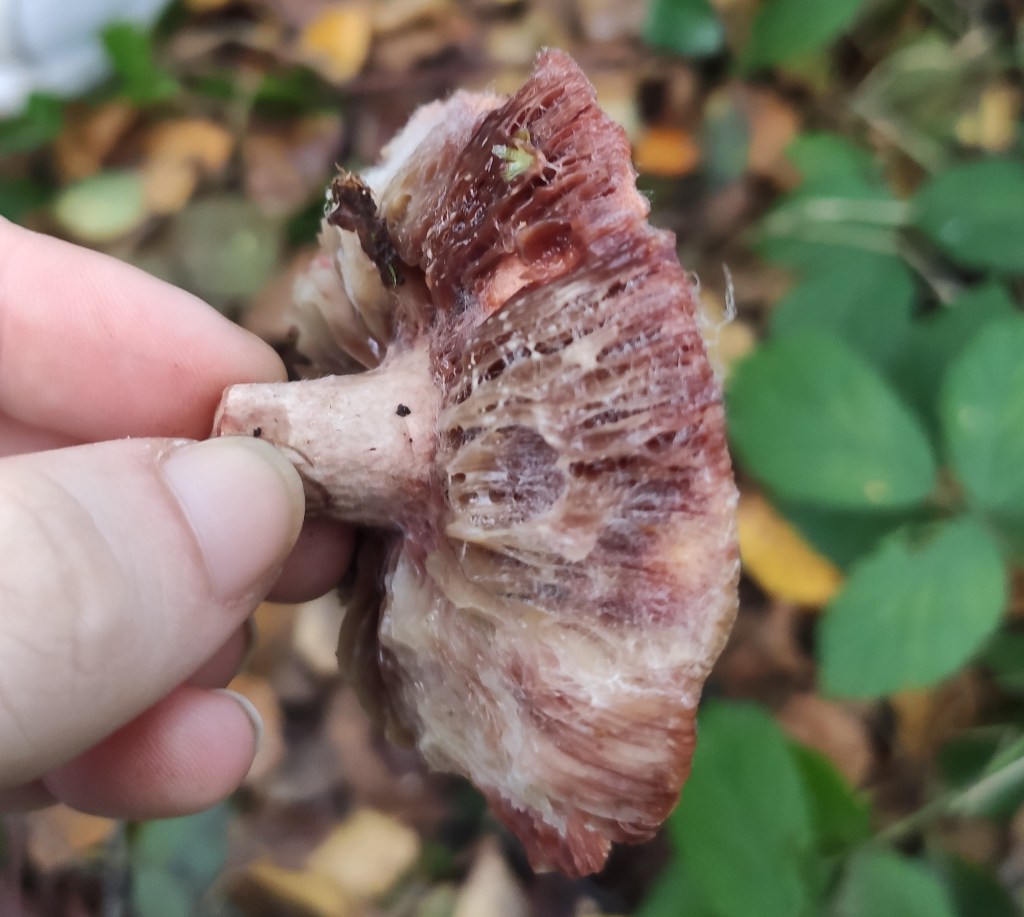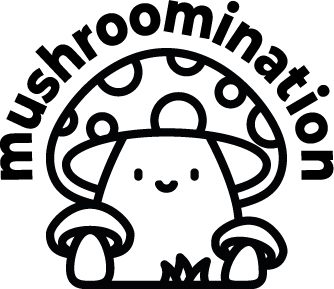
In 2015, I was living and volunteering in the west of Sicily, for a Maltese environmental NGO whose aims at the time were to build an eco-community/eco-tourist village in the mountains between the beautiful villages of Vizzini and Licodia-Eubea. Villas had been in the area historically for at least a hundred years and there were invasive species such as Opuntia ficus-indica, Eucalyptus and Acacia, which we were attempting to remove, meanwhile encouraging the native flora and tending to the olive trees and building a community garden too.

There were some immature pine trees surrounding the villa and amongst this and the prickly pears I spotted these delightful purple/blue fungi. Crowded gills and textured looking stipe, with no ring helped give them some distinct features for my quest for identification.

Even still, I was unsure of ID as the only ID book I had with, Patrick Harding’s brilliant pocket guide showed examples with a pale brown cap. Taking a spore print and reading the actual description instead of just looking at the pictures, with some extra confirmation from a social media group confirmed the lovely wood blewit – Lepista Nuda. They are known to fruit autumn to winter, over Europe in leaf litter, which is what they feed on (i.e. they are saprobic) and tend to favour mixed woodlands and gardens as their habitat. I have one book that says Lepista nuda have a strong odour and First Nature says they have a faint aniseed smell.
This find reminds me of this time of year and vice versa. Taking things slow, a beautiful in between time and spending meaningful moments in nature. I always remember this patch of wood blewits and that it felt like a little yuletide and new year gift from Mother Earth. A time of reflection, and like the wood blewit – recycling what is around it, and doing its part in the ecosystem, it makes a great analogy for this time of year, for those of us who use the Gregorian calendar, when we reflect on what we can use, what we can take with us and what we can leave behind for the next year.
Basic Profile
Scientific name: Lepista nuda also Clitocybe nuda / Tricholoma nudum
Common names: Wood Blewit
Size of fruiting body: 5-10cm tall, 6 – 12cm cap
Spores: 6-8 x 4-5µm with small spines
Gills: Lilac, sinuate (wavy), crowded. Turning brown-ish when mature.

Edibility:
Lookalikes: Cortinarius species – Can be a similar to some webcap species, which are toxic. This article is a great read and also includes really clear comparative photos: https://www.centraltexasmycology.org/blog/2021/1/26/identifying-blewits-an-cortinarius-look-a-like
On the Red Data List (extinct/critically endangered/endangered/vulnerable/near threatened): No
References:
Cate2 Database, managed and maintained by The Fungus Conservation Trust
Red Data List, British Mycological Society
Collins Complete Guide to British Mushrooms & Toadstools, Paul Sterry & Barry Hughes, 2009
Mushrooms and Toadstools of Britain and Europe, Edmund Garnweidner, 1994
Mushrooms, Patrick Hardy, 2013

